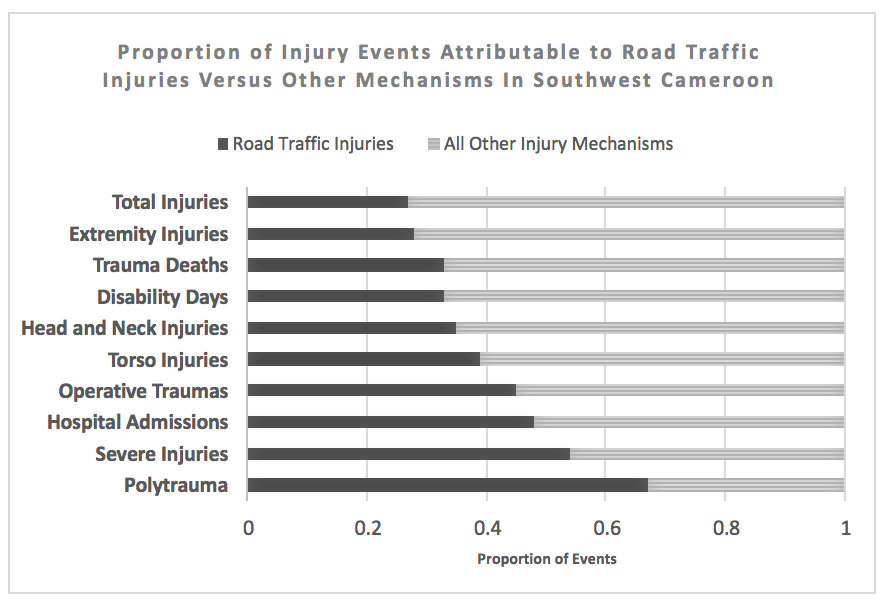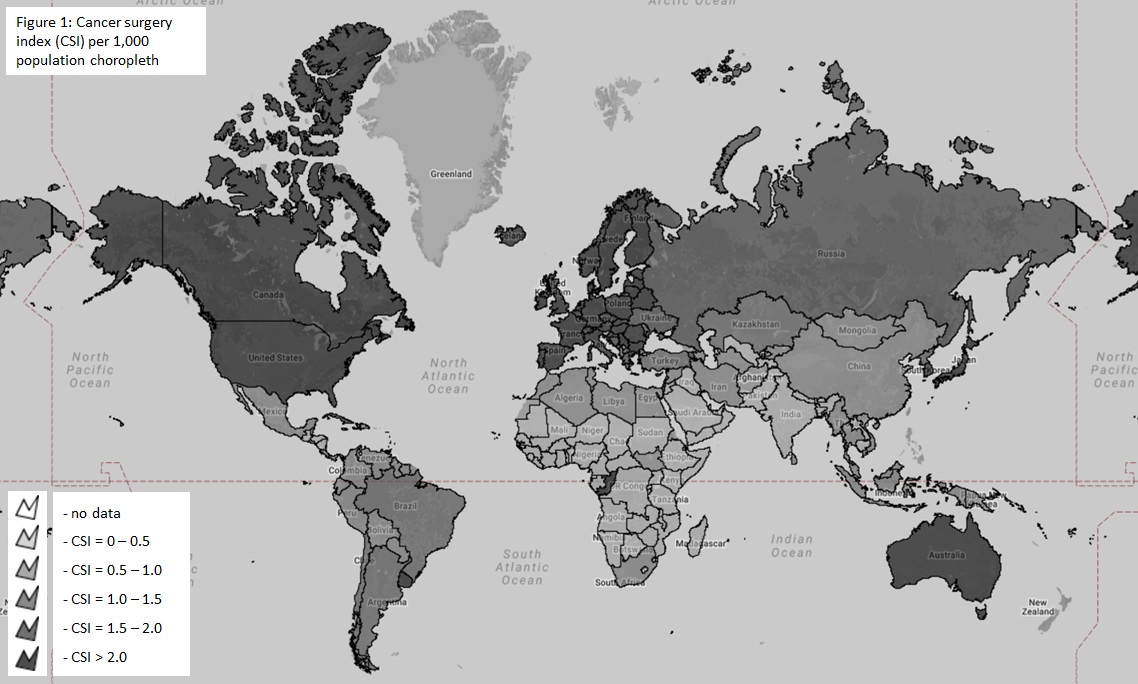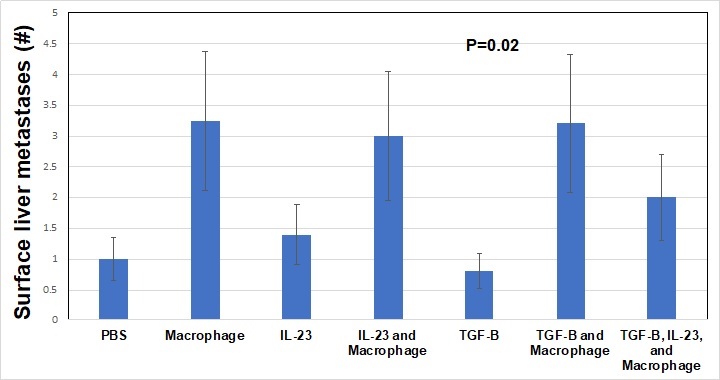L. N. Purcell1, J. Gallaher1, B. Cairns1, A. Charles1 1University Of North Carolina At Chapel Hill,General Surgery,Chapel Hill, NC, USA
Introduction:
In sub-Saharan Africa, there is a high burden of pediatric surgical conditions, particularly traumatic injury. There is a paucity of data regarding outcomes in children with congenital colorectal disease, including imperforate anus and Hirschsprung Disease, especially in sub-Saharan Africa.
Methods:
A retrospective, descriptive analysis of children (≤ 18 years) presenting to Kamuzu Central Hospital in Lilongwe, Malawi from February 2012 to October 2015 was performed. Utilizing a pediatric acute care surgery surveillance database, patients diagnosed with congenital colorectal disease that had and did not have surgery were compared with univariate and bivariate analysis.
Results:
During the study period, 133 pediatric patients with congenital colorectal disease presented to KCH, 82 had Hirschsprung disease (M 70.7%, F 29.3%, 2.4 ± 2.7 years) and 51 had imperforate anus (M 41.2%, F 58.8%, 1.8 ± 2.4 years).
Of those with imperforate anus, 51.0% underwent surgery (M 42.2%, F 57.7%, 1.5 ± 2.5 years, median 0.8 years) and 49.0% had non-operative management (M 40.0%, F 60.0%, 1.9 ± 2.4 years, median 1.0 years). The most common operation performed was exploratory laparotomy with colostomy (57.7%, n = 15), followed by posterior sagittal anorectoplasty (23.1%, n = 6) and dilation (11.5%, n = 3). The average time to the operating room was 12.7 ± 15.7 days.
An equal number (n = 41) with Hirschsprung disease underwent surgery (77.3% M, 33% F, 2.7 ± 3.1 years, median 1.2 years) and had non-surgical management (63.2% M, 36.8% F, 2.2 ± 2.3 years, median 1.4 years). Of those who underwent surgery, the majority had an exploratory laparotomy (41.5%, n = 17), followed by biopsy (34.1%, n = 14), and definitive pull-through operation (19.5%, n = 8). Overall the average time to operating room was 11.7 ± 13.8 days.
Conclusion:
Surgical access limitations, including limited pediatric surgeons (2 in Malawi) and general surgeons uncomfortable operating on pediatric patients, are highlighted by lack of surgical management and high percentage of colostomies for congenital colorectal diseases. Training general surgeons in pediatric surgery and improving postoperative follow up to increase definitive surgical therapy will improve patient outcomes.








